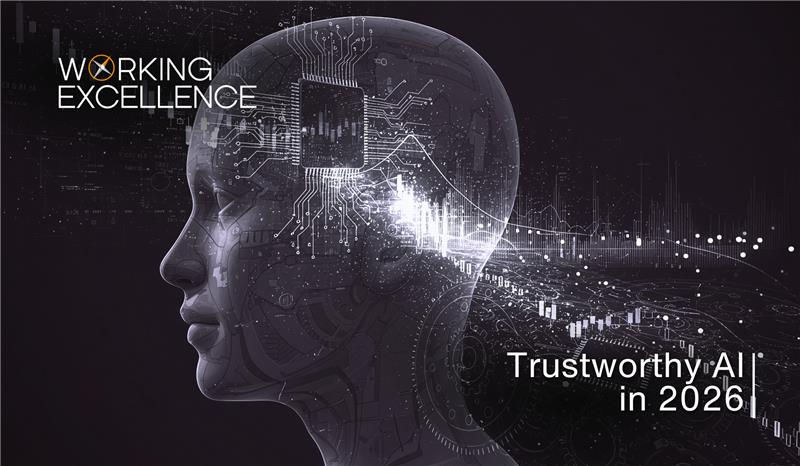Generative AI's Adoption and Future Trends
- Jerry Garcia

- Nov 20, 2024
- 2 min read
The rapid adoption of generative AI (GenAI) in 2024 marks a significant shift in how organizations leverage technology for business value. With 65% of companies now regularly using GenAI, the focus has shifted from mere experimentation to tangible benefits, including cost reductions and revenue increases across various sectors.
Key Takeaways
65% of organizations are using GenAI regularly, nearly double from the previous year.
Significant increases in AI adoption across multiple business functions.
GenAI is expected to drive substantial changes in industries, with high expectations for its impact.
Organizations are beginning to recognize and address the risks associated with GenAI, particularly inaccuracies.
The Surge In Generative AI Adoption
The latest findings indicate that generative AI has become a cornerstone of business strategy. In 2024, 65% of organizations reported regular use of GenAI, a dramatic increase from just one-third in 2023. This surge reflects a broader trend, with overall AI adoption rising to 72% across various industries.
Most organizations are deploying GenAI in marketing and sales, as well as product and service development, where it can create the most value. The technology is also being integrated into personal workflows, with many professionals using GenAI tools both at work and in their personal lives.
Business Value Realized
Organizations are already witnessing material benefits from GenAI, including:
Cost Reductions: Many companies report decreased operational costs in functions like human resources.
Revenue Increases: Significant revenue growth has been noted in supply chain and inventory management.
As companies invest more in AI, 67% of respondents expect their organizations to increase AI budgets over the next three years, indicating a strong belief in the technology's potential.
Risks And Challenges
Despite the benefits, the adoption of GenAI is not without risks. The most commonly cited risk is inaccuracy, with 44% of organizations experiencing negative consequences from GenAI use. Other risks include data privacy, bias, and cybersecurity threats. Organizations are beginning to implement governance practices to mitigate these risks, but many still lack comprehensive strategies.
Future Trends In Generative AI
Looking ahead, the landscape of generative AI is expected to evolve rapidly. Key trends include:
Increased Customization: Organizations are moving towards customizing GenAI tools to better fit their specific needs.
Broader Applications: Beyond marketing and sales, GenAI is being explored in areas like risk management and compliance.
Talent Reskilling: As AI tools become more prevalent, companies anticipate significant reskilling efforts to adapt their workforce to new technologies.
Conclusion
Generative AI is reshaping the business landscape, driving efficiency and innovation across sectors. As organizations continue to adopt and integrate this technology, the focus will shift towards maximizing its value while addressing the associated risks. The future of GenAI looks promising, with expectations for transformative impacts across industries.
Sources
The state of AI in early 2024: Gen AI adoption spikes and starts to generate value, McKinsey & Company.
The state of AI in 2023: Generative AI’s breakout year, McKinsey & Company.
Generative AI Developments & Trends in 2024: A Timeline, Channel Insider.



